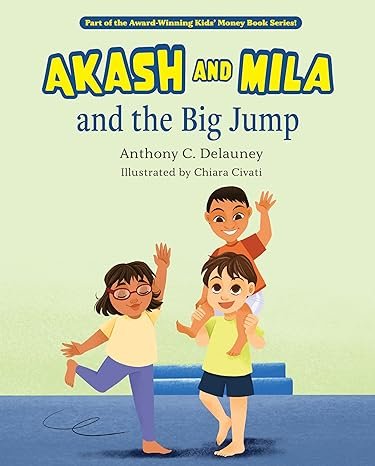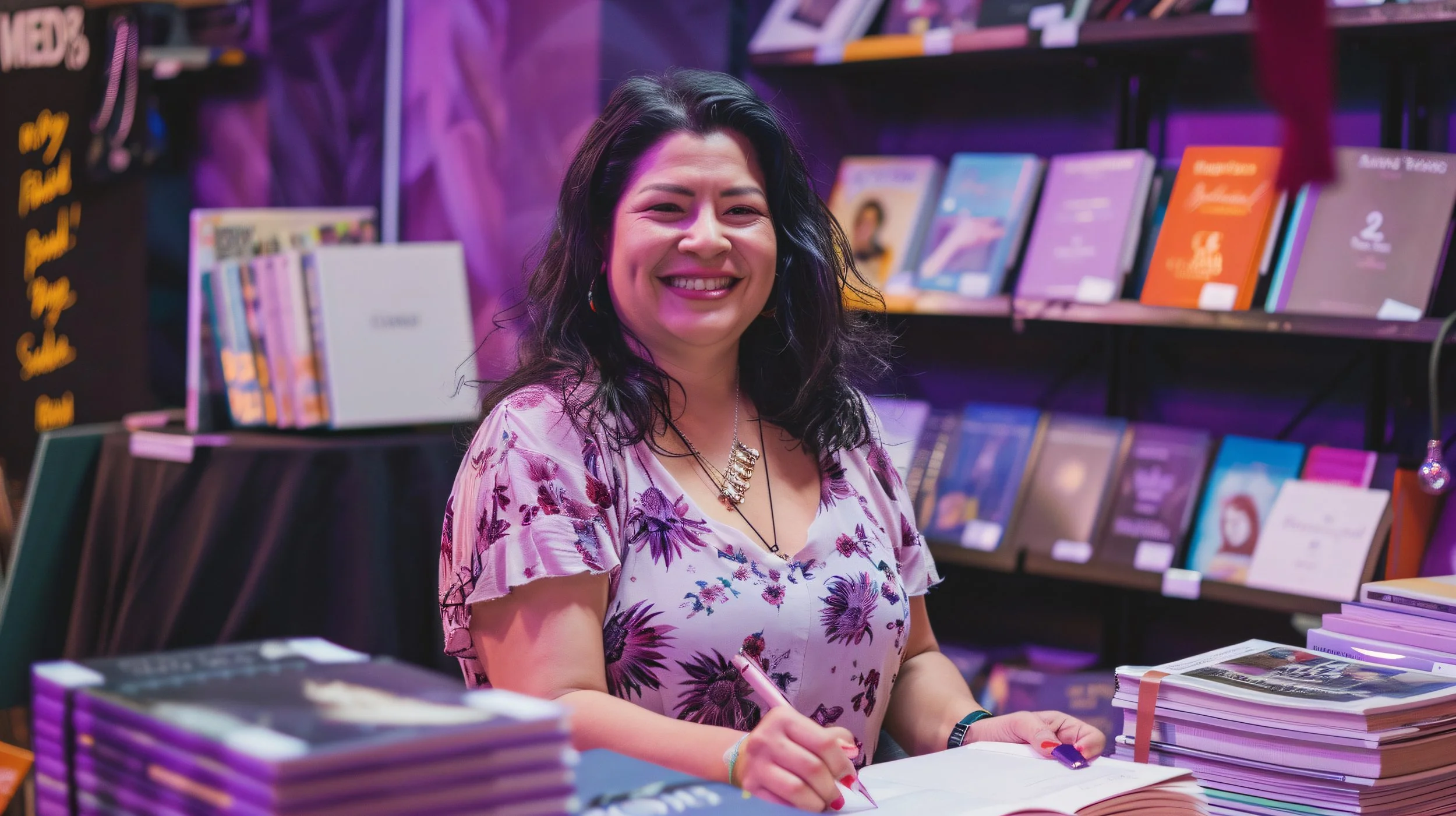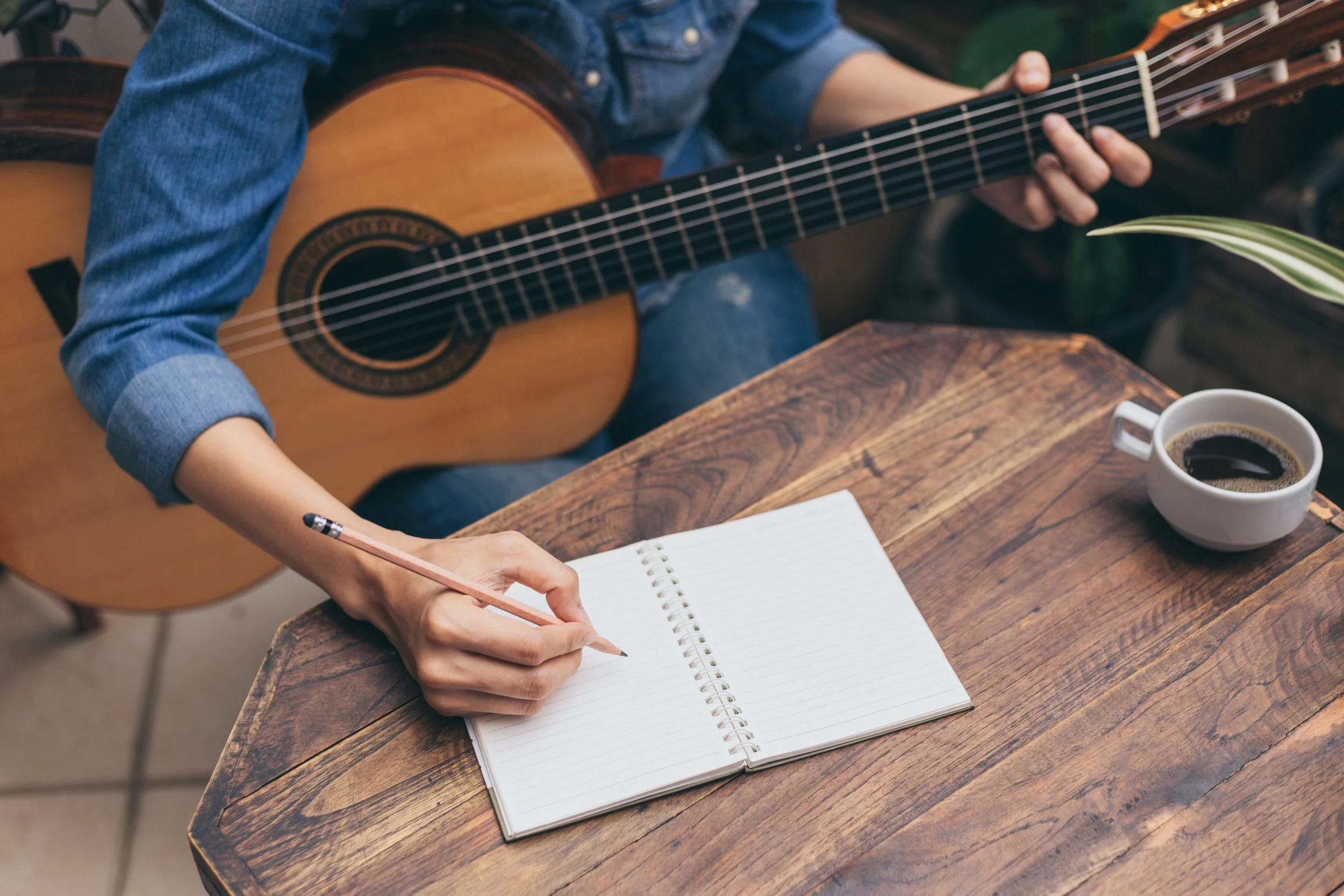Belle Boyd, Control of Women, Plus an 1860s Etiquette Quiz by Claire J. Griffin
/A Rebellious Woman is biographical fiction, based on the life of a real woman, named Belle Boyd who lived from 1844 to 1900. Born in the part of Virginia that would form the breakaway state of West Virginia during the Civil War, Belle is best known as a reckless teenager who briefly spied for Stonewall Jackson. The story goes that she once ran across an active battlefield to deliver information, returning home with bullet holes in her petticoats.
But Belle was rebellious her entire life. She married three times and divorced twice. Between marriages, she supported herself and her children as an actress – also considered shocking. She even appeared on stage dressed in men’s clothing. None of this shocks us today, but in the mid-1800s these were acts of defiance that put Belle well outside the mainstream of acceptable female behavior.
And what exactly was acceptable female behavior? It was during my researches about American life in the 1860s that I learned how extraordinary the era was in its attempts to control the lives of “ladies” (women above a certain social class).
Ladies were controlled in part by burdensome clothing. Wide-skirted dresses weighing upwards of ten pounds; more than seven layers of underclothing; tightly laced corsets that could make it difficult to breathe; a contraption called a “cage crinoline” (to hold out their skirts) that was literally like wearing a bird cage. It is no exaggeration to say that women of this era were literally tied up and caged.
Strangely enough, at a time when sipping a half glass of wine was pushing the bounds of propriety, many women were made docile and obedient by the use of opiates. Laudanum, a potent mix of powdered opium and alcohol was widely available without a prescription. It was commonly dispensed in bottles just three inches high, small enough for a lady to slip into her pocket or drawstring purse and carry with her throughout the day. There is no evidence that Belle Boyd ever used opiates. Quite the contrary. She was a high energy woman who charted a life for herself that was full of freedom and adventure. However, it is well-documented that two other women of this period, Mary Todd Lincoln, and Varina, wife of Confederate president Jefferson Davis, both struggled with laudanum addiction during the Civil War.
In addition to oppressive clothing and easily available narcotics, the most direct way in which women were controlled was through a rigid system of etiquette. This strict code of conduct defined every aspect of female behavior including how a woman dressed, sat, walked, ate, spoke, and laughed.
How oppressive were these rules? To find out, take this “1860s Etiquette Quiz”, based on actual rules that appeared in advice books of the day. The questions are True/False. Answers appear at the end.
“1860s Etiquette Quiz”
A lady was not permitted to sit with her legs crossed at the ankles or knees.
A lady was permitted to have a glass of wine at a private dinner party.
A lady was not permitted to laugh quietly in private conversation.
A lady was permitted to sing at a private party.
A lady was permitted to exclaim “Goodness gracious!” and “Mercy!” in private conversation.
A lady was permitted to be alone in a room with a gentleman for a few minutes, as long as he was a close family friend.
When out in public, a lady was not permitted to walk quickly, swing her arms, speak in a loud voice, or call to a friend on the other side of the street.
A lady traveling with a male companion was encouraged to give him her purse so he could pay any costs she incurred on her journey.
The following activities were permitted for ladies: sewing, knitting, embroidery, drawing, painting, playing a musical instrument, ballroom dancing, horseback riding.
A lady was not permitted to go riding alone.
If a lady was riding with a man, she was permitted to precede her escort over a jump.
When riding with an escort, a lady was permitted to suggest the direction and set the pace of the ride.
For the sake of safety, under certain circumstances a lady was sometimes permitted to ride astride rather than sidesaddle.
When out walking, a lady was permitted to stop on the sidewalk in order to pull on her gloves or smooth her hair.
In private conversation with a close friend and no one else present, a lady was permitted to roll her eyes.
Answers: 1. True. 2. False. A half glass of wine might be permitted at home in honor of a special family occasion. 3. True. 4. True. Singing and playing an instrument were considered genteel social arts that allowed a lady to display her accomplishments to friends in a modest way. 5. False. No exclamations of any sort were allowed. 6. False. Being alone with a gentleman was permitted only if he was a family member. Or possibly if he was really, really old. 7. True. 8. True. This was encouraged because it allowed a lady to avoid interacting with low sorts of people, such as coach drivers and innkeepers. 9. True. These were all approved activities. 10. True. A lady seen riding without male supervision would raise questions about where she was going and what she intended to do when she got there. 11. False. 12. False. The male in the party would make all such decisions. The lady must follow his lead. 13. False. Riding sidesaddle could be dangerous, but the woman’s safety was never a consideration. 14. False. These were considered to be intimate dressing/grooming behaviors and therefore must never be performed in public. 15. False. Rolling your eyes was never permitted, although you might be doing that right now!
One thing these rules make clear is that in the context of Victorian society’s efforts to control women, Belle Boyd stands out as a scandalous figure. But today we can recognize her as a modern woman whose tragedy was to be born a century too soon.
For more information on etiquette, clothing, and women’s drug use in the 1860s, plus actual historical photos of Belle, please visit my website:
https://www.clairejgriffin.com
To buy A Rebellious Woman on :
To view a 3 minute video on Belle and her times:
https://www.youtube.com/watch?v=uKLsC6uuyOw
More ways to connect with Claire:
Instagram - heyclaire2021
Twitter - @cgriffinwrites
Facebook - Claire J Griffin
















































